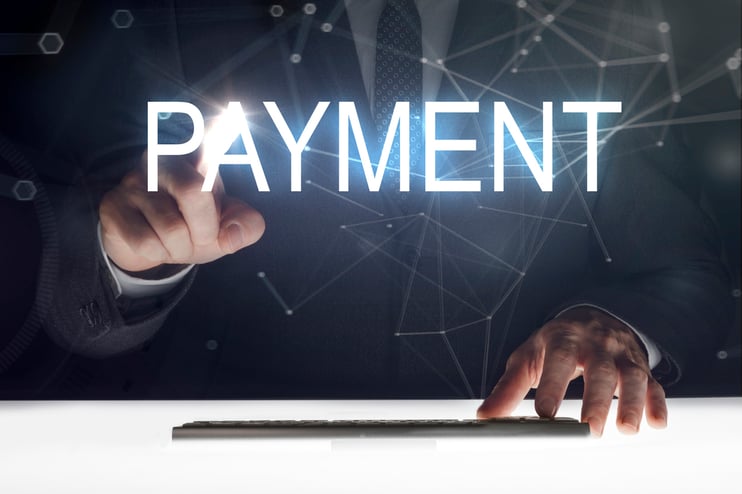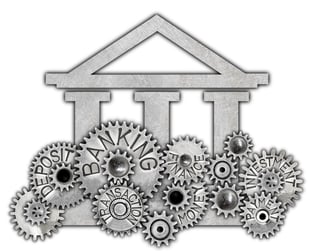 As an ISO/MSP, you are accustomed to people asking for advice about all the things happening in the retail payments space, including questions such as, “What is the most common form of payment?”
As an ISO/MSP, you are accustomed to people asking for advice about all the things happening in the retail payments space, including questions such as, “What is the most common form of payment?”
And you are probably accustomed to hearing things like:
- No one writes checks anymore.
- Cash is going away.
- Everybody is using mobile payments now.
- Soon we will have real-time payments for everybody.
As a payments professional, you know that none of these statements is true. Now, let’s look at the actual numbers by dollar amount and transaction type for the different payment types and see what is really happening from the Federal Reserve Payments Study: 2017 Annual Supplement.
The Most Common Form of Payment in Retail
Here is a breakdown by payment type, number of transactions, and total dollar amount for each type. For the purposes of this column, we are going to ignore online payments and monthly bill payments while focusing on the numbers from retail sales, where most ISO sales efforts are concentrated.
The Most Common Form of Payment in 2015 |
|||
|
Payment Type |
Transactions |
Amount |
Average Transaction |
|
Debit Card |
69.6 billion |
$2.56 trillion |
$37 |
|
Credit Card |
33.9 billion |
$3.08 trillion |
$91 |
|
Checks |
17.9 billion |
$28.97 trillion |
$1,614 |
|
ACH Debit Transfers |
11.3 billion |
$14.86 trillion |
$1,321 |
|
ACH Credit Transfers |
8.0 billion |
$26.78 trillion |
$3,333 |
Pretty surprising, isn’t it? Let’s see if we can draw some conclusions about the most common form of payment from the numbers.
First, there are a lot of checks being written — over 17 billion in 2015. So much for the hackneyed comment that “checks are going away.”
Second, the number of debit card transactions is over twice as many as credit card transactions, although the overall dollars are about 83 percent of credit cards. The data shows that people are using debit cards for small dollar transactions and using credit cards for higher dollar transactions.

Third, here is a quote from the 2016 Federal Reserve study called “Understanding Consumer Cash Use”:
“Data from the Federal Reserve’s Diary of Consumer Payment Choice shows that cash remains the most frequently used payment instrument, accounting for 31% of all consumer transactions.” So much for the comment that “cash is going away, and pretty quickly too!”
Fourth, regarding mobile payments, it might be more accurate to say that nobody is using mobile payments just yet.
A study last year by J.P. Morgan Chase showed that only about 36 percent of merchants accept digital wallet payments and only 16 percent of consumers have even tried making them. This might be due, in part, to the fact  that it is just easier to insert a card into the terminal than to take out your device and call up an app.
that it is just easier to insert a card into the terminal than to take out your device and call up an app.
And as for real time payments (RTP), well there are two competing entities here: (1) the Federal Reserve; and (2) The Clearing House, which is owned by the 11 largest “too big to fail” banks.
The Clearing House has an RTP solution now, but it only reaches about half the checking accounts in the country. Keep in mind that if you add up all the commercial banks, credit unions and S&Ls, there are 11,000 financial institutions in this country. And you can be pretty sure that community banks will be skeptical of sending all their transaction to their direct competitors, the very largest banks in the country. The Fed does not have an RTP product yet. Watch this space.
What’s Going on with ACH Transfers?
Well, most people probably have five or six ACH debits to your checking account every month, recurring bills that absolutely need to be paid on time, such as life insurance, electricity, home security system, car loan, credit card bills, etc. Having the biller debit a checking account is a lot easier for them than preparing and mailing you a paper bill, waiting for it to arrive, and then waiting for you to write a check and mail it back to them.
As for ACH credit transfers, well, most people now have direct deposit of payroll, so that is what is driving that number.
Matching the Form of Payment with the Business Model
The real lesson here is that the type of payment used is correlated to the merchant taking that payment and the  consumer making the payment. If it is a fast food store, discount store, supermarket, or gas station, the debit card will be the most common form of payment. If the sale is over a few hundred dollars, most consumers will use a credit card for the loyalty or rewards points, especially those with higher incomes.
consumer making the payment. If it is a fast food store, discount store, supermarket, or gas station, the debit card will be the most common form of payment. If the sale is over a few hundred dollars, most consumers will use a credit card for the loyalty or rewards points, especially those with higher incomes.
A 2016 FINRA Investor Education Foundation study shows that people whose income exceeds $75,000 a year will prefer to use a credit card as the most common form of payment.
What does all this mean for ISOs?
The answer is that it depends on the type of merchant the ISOs are servicing.
For ISOs servicing merchants in verticals such as automotive retail, home furnishings or building supplies, the above data shows that presenting check guarantee solutions is still a money-making proposition, especially if  they are selling CrossCheck solutions. Here’s why.
they are selling CrossCheck solutions. Here’s why.
CrossCheck guarantee solutions help merchants increase sales and mitigate risk while saving time and money. They also deliver several benefits to ISOs that are detailed below.
First, CrossCheck is committed to properly training its ISOs and merchant customers. In conjunction with 24/7 customer service, training stimulates a level of merchant retention that fosters even greater lifetime residuals for ISOs.
Also, many longstanding merchant customers appreciate the benefits of CrossCheck’s check guarantee solutions:
- One of the highest approval rates in the industry
- 24/7/365 Customer Service and Tech Support
- Loaner equipment available at no additional cost
- Authorizations via phone, terminal or the CrossCheck online portal
- Innovative premium services
- State-of-the-art technology and equipment
CrossCheck has an established reputation for finding reasons to approve checks versus decline them. Download the free guide to learn how CrossCheck can provide ISOs with tools that generate income.



